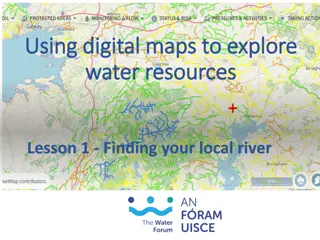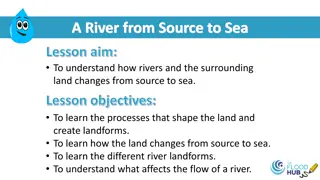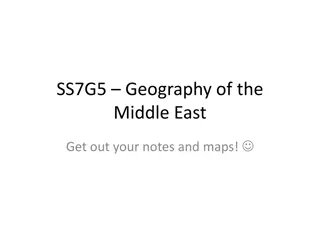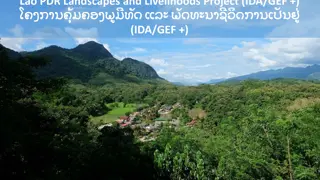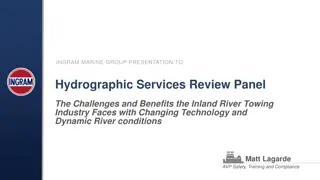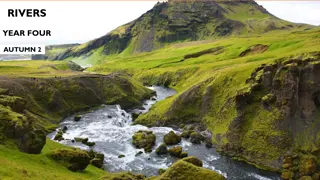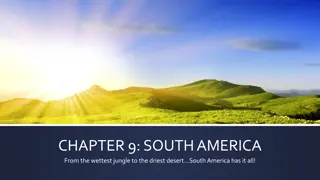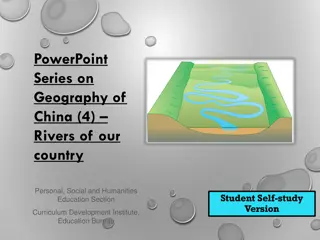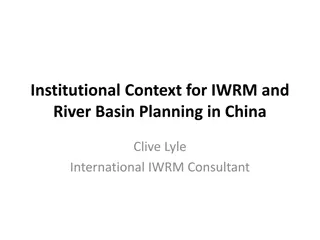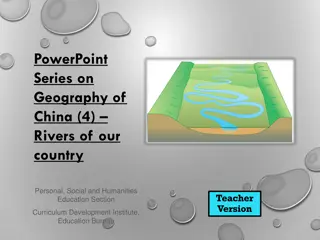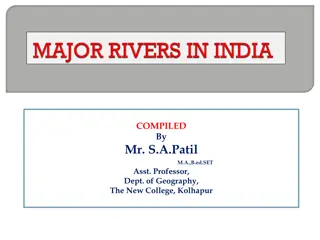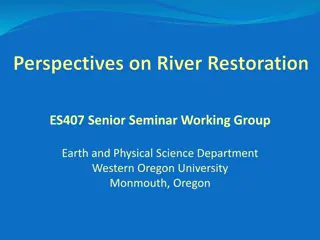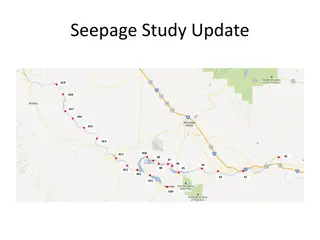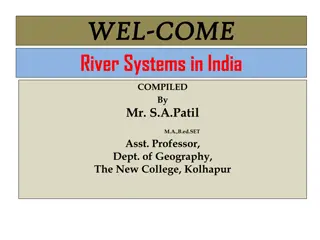A Question of Rivers: Exploring River Features and Landscapes
Experience an interactive visual journey through various aspects of rivers, including their physical features, formations, and landscapes. Discover how rivers shape the land, create distinct features, and interact with their surroundings in this informative exploration.
Download Presentation

Please find below an Image/Link to download the presentation.
The content on the website is provided AS IS for your information and personal use only. It may not be sold, licensed, or shared on other websites without obtaining consent from the author.If you encounter any issues during the download, it is possible that the publisher has removed the file from their server.
You are allowed to download the files provided on this website for personal or commercial use, subject to the condition that they are used lawfully. All files are the property of their respective owners.
The content on the website is provided AS IS for your information and personal use only. It may not be sold, licensed, or shared on other websites without obtaining consent from the author.
E N D
Presentation Transcript
A Question of Nine Number Picture Boards This nine number picture board is adapted from a template available from www.sln.org.uk/geography Click a number to link to an image Click the image to link to an information page Click the yellow square Click the red square to link back to the picture board Once selected, numbers will change colour to link back to the image
A Question of Rivers 1 2 4 5 7 8 1 3 3 6 9
1 How were the little circular depressions in the bedrock of this river formed?
2 This is Scotland s longest river. Which river is it? Into which body of water does it flow? Scotland s fourth largest city is located on its estuary? Which city is it?
3 Image produced from the OS Get-a-Map service. Describe the physical features of the river and its valley Image reproduced with kind permission of the OS and OS of Northern Ireland
4 What river feature occupies the centre of this photo? How does the river change downstream of the feature?
5 What features identify this stretch of river as part of its upper course?
6 Why has a waterfall developed here?
7 How would you know that this valley was not carved by the river which flows in it today?
8 Image produced from the OS Get-a- Map service. Image reproduced with kind permission of the OS and OS of Northern Ireland Describe the physical features of the river and its valley
9 Describe and explain the differences between the sides of the river
The circular depressions are little pot holes. Small stones are swirled around in them when the river is flowing higher and faster than it is at present. The pot holes are eroded by the abrasive action of the swirling stones.
The photo shows the River Tay which at 117 miles is Scotland s longest river. It rises only 25 miles from the west coast but flows east to its mouth on the North Sea. Although many English rivers e.g. the Severn and theThames are longer than the Tay, the Tay carries a greater volume of water than any other British river. Dundee is located on its estuary.
ox bow lake broad, flat flood plain gentle long profile meanders limit of tidal influence river channel more than 8m embankments/levees
This feature is aconfluence. It occurs where a tributary joins the main stream or river. Downstream of a confluence , the river increases in width. The discharge of a river (the volume of water it is carrying) also increases significantly.
interlocking spurs steep valley sides steep long profile absence of flood plain large bedload
An overhang develops where the softer rock below is eroded. In time this will collapse. relatively softer rock a band of hard rock interrupts the river s course plunge pool
This valley is a U-shaped valley in the Scottish Highlands. It was eroded by ice during the Ice Age. It is much too large and deep to have been carved by the small river which now flows in it. The river is called a misfit as it is not in keeping with the scale of its valley. Although the river is in a highland valley, it displays features of a valley in its lower course (meanders). This is because the valley floor is so flat.
steep valley sides many small tributaries no flood plain river channel less than 8m wide steep long profile river follows a relatively straight course
9 On the inside of the meander water is flowing more slowly. This results in deposition and the formation of the slip-off slope or river beach. On the outside of the meander water is flower more quickly. This results in erosion and the formation of a cut bank or river cliff.
This powerpoint was kindly donated to www.worldofteaching.com http://www.worldofteaching.com Is home to well over a thousand powerpoints submitted by teachers. This a free site. Please visit and I hope it will help in your teaching


